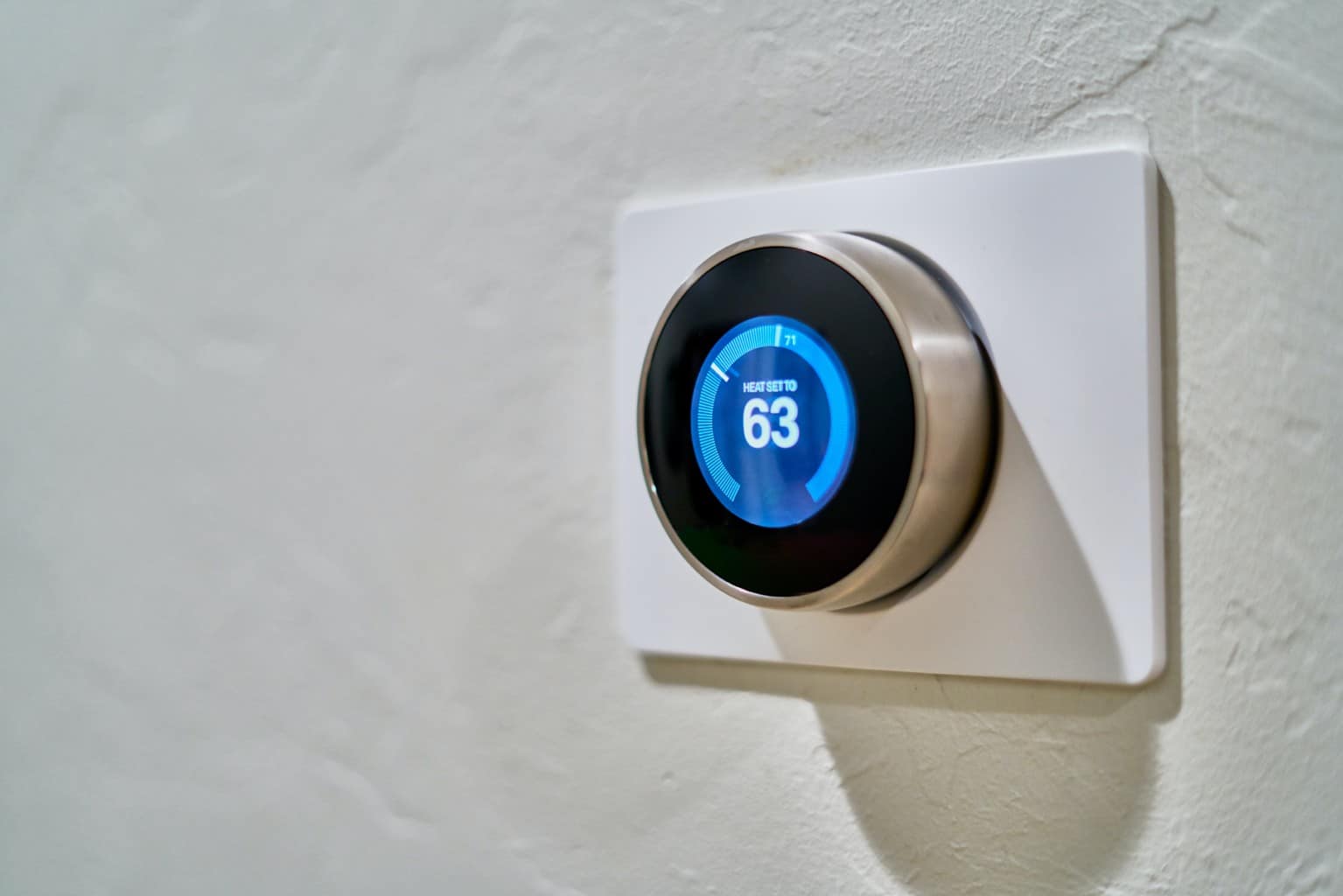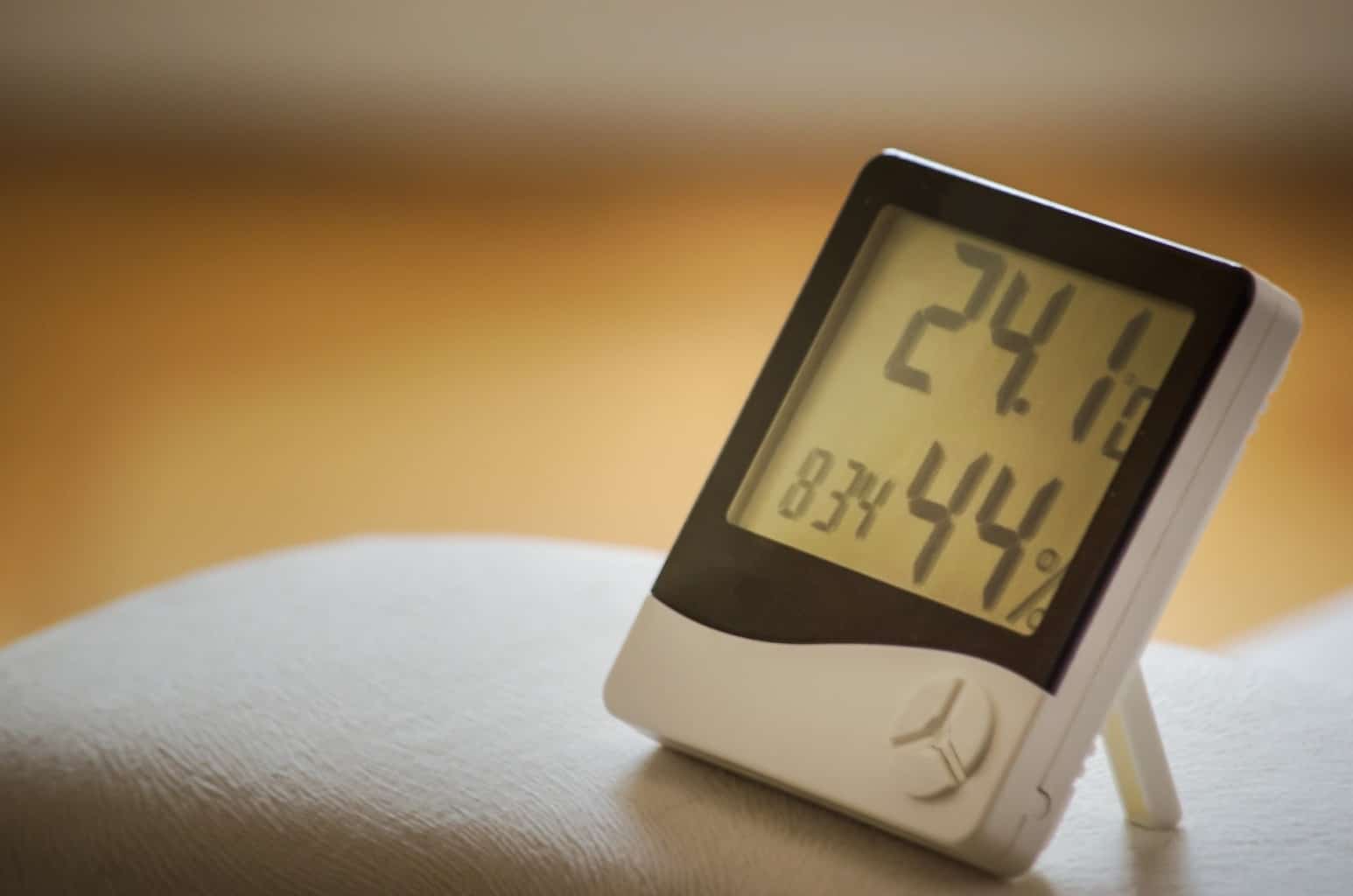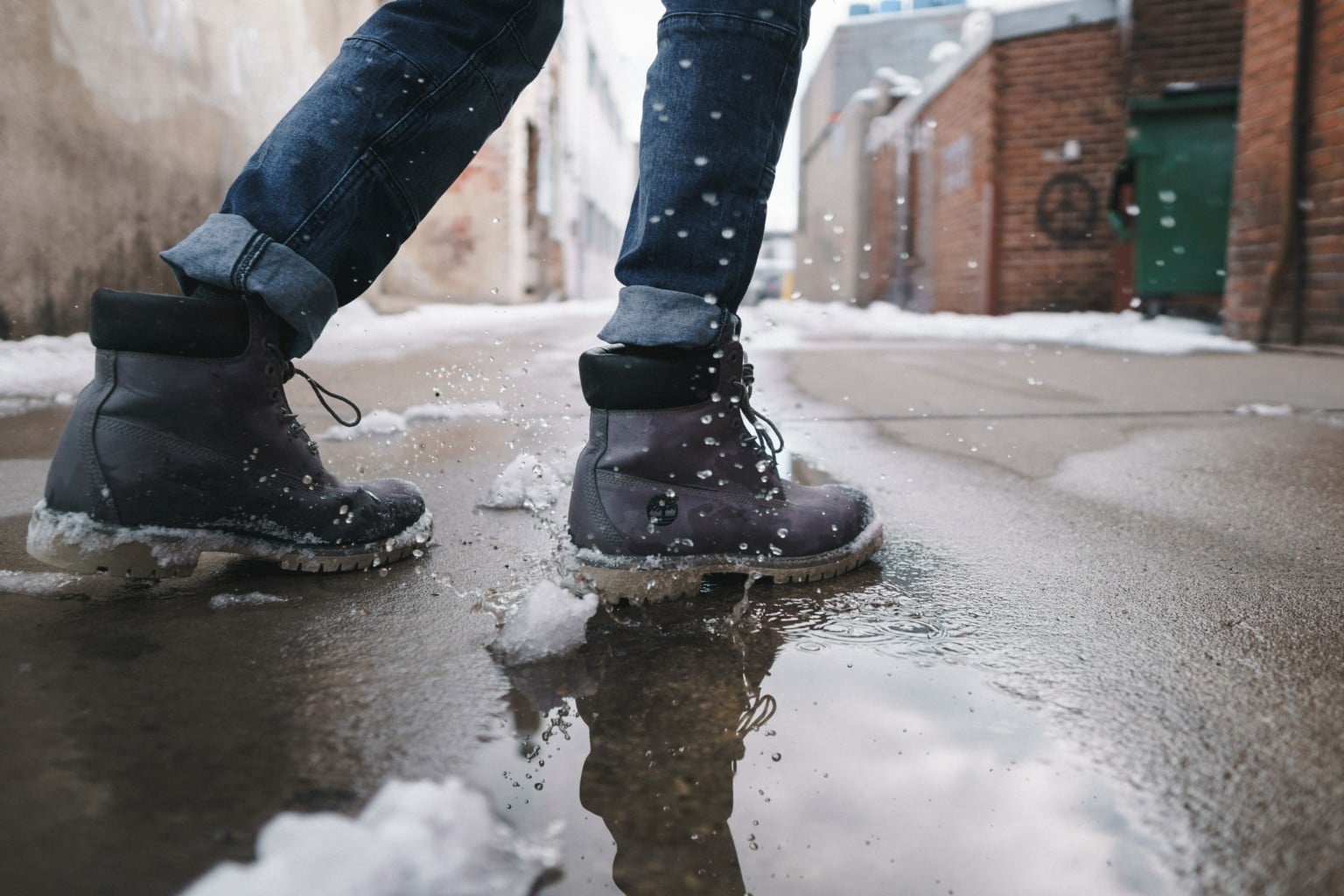Winter weather is right around the corner. Believe it or not, your hardwood floors need special care during this time. Here’s how to take care of your hardwood floors once the temperature starts to drop.
Be mindful of the humidity and temperature of your home.

Since wood is a hygroscopic material, it’s affected by the humidity levels in its environment, absorbing moisture and releasing it.
To prevent sudden changes in temperature and humidity that can cause wood floors to buckle, it is important to maintain a certain range inside your home. This range varies slightly depending on the manufacturer and type of wood flooring. Generally, the required range is between 60 and 80 degrees Fahrenheit, with the required relative humidity usually ranging from 35 to 55 percent.
When the humidity level drops below 35 or 30 percent for long periods during colder months when your home’s heating system is running frequently, the floor can lose its moisture and shrink too much. This can cause your floor to squeak or exhibit unsightly cracks and gaps.
The importance of monitoring the relative humidity levels within your home increases as the width of your planks increases, because wide plank hardwood floors are more dimensionally unstable and more susceptible to fluctuations than narrower floors.
Install a hygrometer.

To prevent wood floor issues related to humidity and temperature fluctuations during the winter, consider installing a hygrometer, which is a device that is used to measure the relative humidity within a space.
There are multiple types of hygrometers available. The most common and easiest type to set up is a digital hygrometer. If you have hardwood floors, we strongly recommend having one in your house to keep an eye on your home’s relative humidity levels, even if you don’t think your home environment experiences huge fluctuations during the wintertime––you might be surprised.
Be wary of snow and salt.

With cooler weather in many areas of the world often comes snow, and with it, salt and other ice melting products, and mud, all of which can be tracked indoors, not to mention melting snow. During the colder weather, it’s more important than ever to clean up any messes, puddles, dirt, and grit, as soon as they happen because any excess moisture can lead to buckled or cupped flooring or other issues. We recommend soaking up any excess moisture with a microfiber cloth, then cleaning up any dirt or grit that has been left behind with a wood floor friendly product such as Bona hardwood floor cleaner.
Try to avoid using cleaning products that aren’t approved for use on wood floors, because they may damage your floor’s finish over time with repeated use. Many popular cleaning products are actually not wood floor-friendly.
By keeping these tips in mind, you’ll be keeping your hardwood floors safe and in good shape this winter.